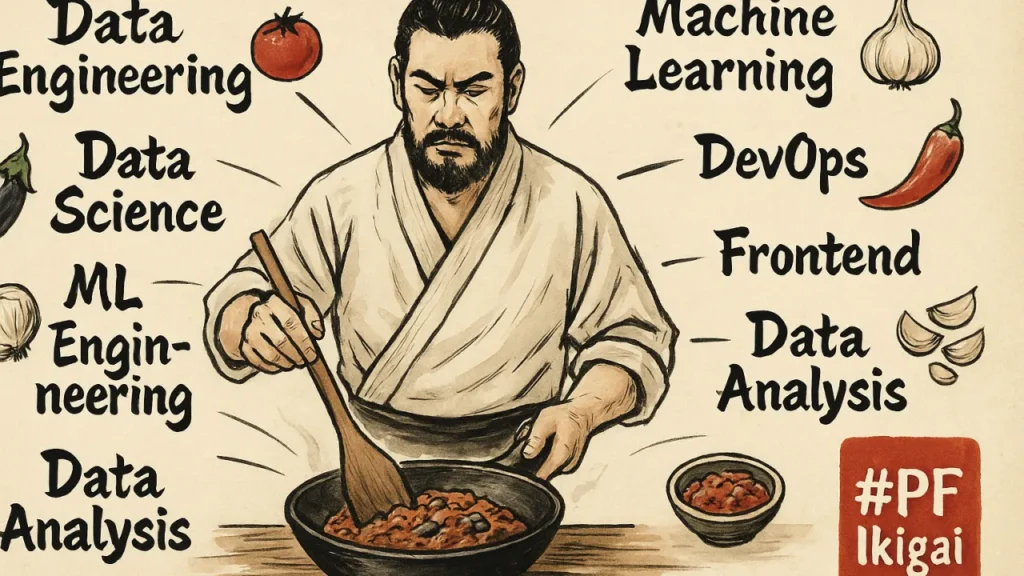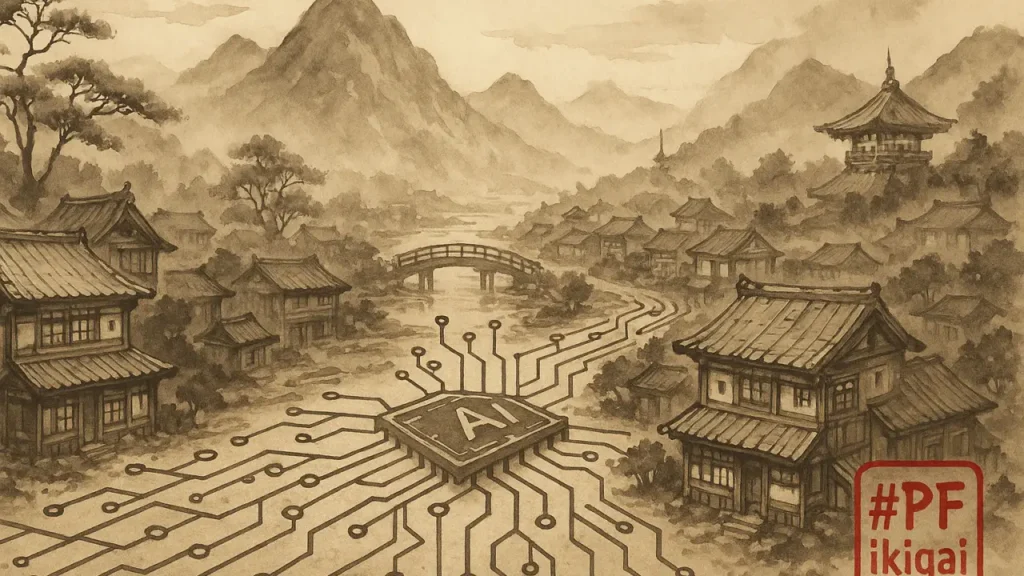Tech Writers at PF
“As duck glides smooth, Beneath, legs churn restless streams—Calm hides quiet strife.”
Imagine a duck gliding gracefully across the surface of a lake. To the casual observer, it seems effortless—serene, calm, and in control. Yet, beneath the water, its legs paddle relentlessly, working tirelessly to maintain that poise. This analogy mirrors the life of an engineering leader. From the outside, success looks seamless. Behind the scenes, however, there is constant effort to balance competing priorities, drive results, and keep the team moving forward.
Here’s how this analogy translates into the day-to-day realities of engineering leadership and practical strategies for navigating the challenges.
1. Delivering Results While Managing Chaos
The visible surface for engineering leaders is delivering outcomes—launching products, scaling platforms, and ensuring uptime. To the outside world, these achievements seem straightforward. Internally, they are the result of countless late nights, firefights, and cross-team negotiations.
Practical Approach:
Clarify priorities: Use frameworks like RICE (Reach, Impact, Confidence, Effort) or OKRs to align teams on what matters most.
Shield your team: Absorb the chaos from stakeholders and ensure your team has the focus to deliver without distractions.
Iterate transparently: Create frequent feedback loops to show progress, even on ambiguous or long-term projects.
2. Navigating Ambiguity and Trade-Offs
Practical Approach:
Ambiguity is a constant for engineering leaders. Business objectives evolve, technologies shift, and trade-offs must be made between speed, scalability, and quality. Like the duck, you must appear steady while making rapid decisions beneath the surface.
- Clarify priorities: Use frameworks like RICE (Reach, Impact, Confidence, Effort) or OKRs to align teams on what matters most.
- Shield your team: Absorb the chaos from stakeholders and ensure your team has the focus to deliver without distractions.
- Iterate transparently: Create frequent feedback loops to show progress, even on ambiguous or long-term projects.
3. Building Resilient Systems and Teams
Resilience—both in technology and teams—is what allows an organization to endure challenges. A leader’s role is not only to fight today’s fires but to prepare for tomorrow’s. Much like the duck’s steady paddling, small, consistent efforts in building strong foundations yield long-term stability.
Practical Approach:
- Invest in automation: Reduce operational overhead by automating routine tasks and ensuring your team can focus on higher-value work.
- Develop your team: Create mentorship programs, encourage continuous learning, and promote from within to build a culture of growth and resilience.
- Plan for failure: Design systems and processes with fault tolerance in mind. Conduct regular chaos engineering exercises to identify weak points.
4. Balancing Visibility and Effort
Engineering leaders must balance the need for visible impact with the often invisible work of maintaining operational excellence. Much like a duck, whose paddling goes unnoticed, leaders must be comfortable with their efforts not always being directly acknowledged.
Practical Approach:
- Celebrate small wins: Regularly recognize team contributions, even for less glamorous work like refactoring or improving CI/CD pipelines.
- Communicate your impact: Create simple, outcome-focused updates for stakeholders to ensure they see the value of your team’s work.
- Track metrics: Use metrics like deployment frequency, MTTR (mean time to recovery), or team satisfaction scores to demonstrate progress.
5. Leading Through Collaboration
The duck glides smoothly because all parts are working in harmony. Similarly, engineering leaders succeed by fostering collaboration across teams and building strong relationships.
Practical Approach:
- Break down silos: Host cross-functional reviews or joint retrospectives to ensure teams align on goals and dependencies.
- Be a connector: Actively build relationships across the organization to reduce friction and enable faster decision-making.
- Lead by example: Model open communication, transparency, and a willingness to collaborate.
Final Thoughts: Embrace the Struggle
Leadership is about more than solving technical challenges; it’s about navigating complexity with clarity and inspiring teams to move forward. The most successful engineering leaders understand that their job is to bring calm to the chaos, much like the duck gliding across the water.
The next time you feel overwhelmed by the unseen struggles of leadership, remember: your steady poise inspires your team, even if they don’t see the relentless paddling beneath the surface. By focusing on clarity, resilience, and collaboration, you can lead with grace while driving meaningful results.








